Rain clouds, those majestic formations that bring life-giving water to the Earth, are a phenomenon that has fascinated humanity for centuries. In this comprehensive exploration, we delve into the intricate science behind rain clouds, uncovering the mysteries that shroud these meteorological wonders.
Contents
Understanding the Basics: What are Rain Clouds?
Cloud Formation and Types
Rain clouds, scientifically known as nimbostratus clouds, are a result of the condensation of water vapor in the Earth’s atmosphere. This condensation occurs when warm air rises and cools, causing the water vapor it carries to form tiny water droplets or ice crystals. There are various types of clouds, each with distinct characteristics, but rain clouds are crucial for precipitation.
The Role of Atmospheric Conditions
The formation of rain clouds is heavily dependent on specific atmospheric conditions. Factors such as temperature, humidity, and air pressure play pivotal roles. Understanding the delicate balance between these elements is essential for predicting rain and creating accurate weather forecasts.
Read more about Exploring the Science Behind Rain Clouds
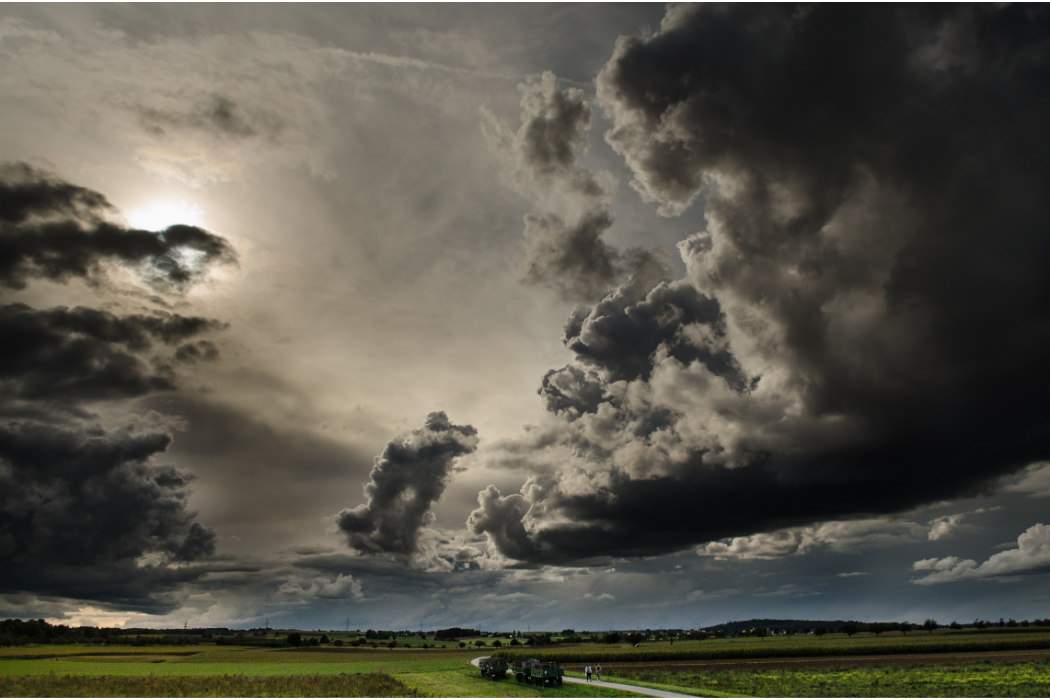
The Science Behind Precipitation
Rainfall Mechanism
Once rain clouds are formed, the process of precipitation begins. The water droplets within the cloud combine to form larger droplets, eventually becoming heavy enough to fall to the ground as rain. This intricate process is a testament to the complexity of atmospheric dynamics.
Factors Influencing Rainfall Amounts
Not all rain clouds are created equal. Some produce a gentle drizzle, while others unleash torrential downpours. The size of the water droplets, the duration of condensation, and the overall atmospheric conditions all contribute to the variation in rainfall amounts.
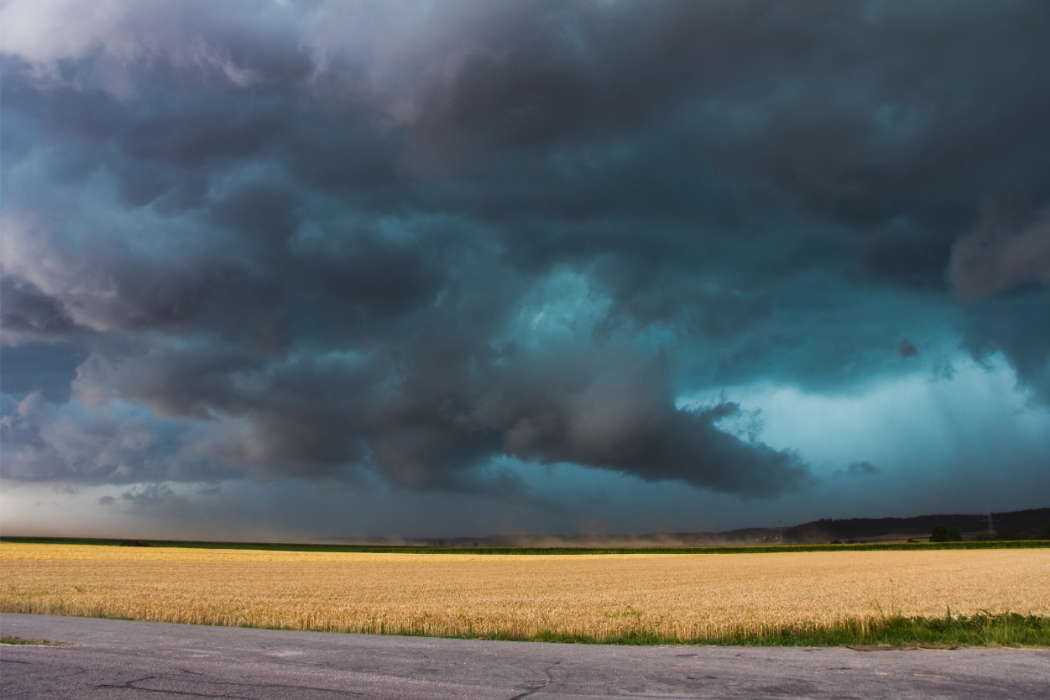
The Impact of Human Activities on Rain Clouds
Introduction to Human-Induced Changes in Rainfall Patterns
Human activities have significantly altered natural processes, including the formation and behavior of rain clouds. This phenomenon, often referred to as anthropogenic climate change, has far-reaching implications for global weather patterns and ecosystems. Industrialization, urbanization, deforestation, and the emission of pollutants are major contributors to these changes. The increase in greenhouse gases like carbon dioxide (CO2) and methane (CH4) has led to global warming, which affects the atmosphere’s ability to hold moisture and, consequently, the formation of clouds and precipitation.
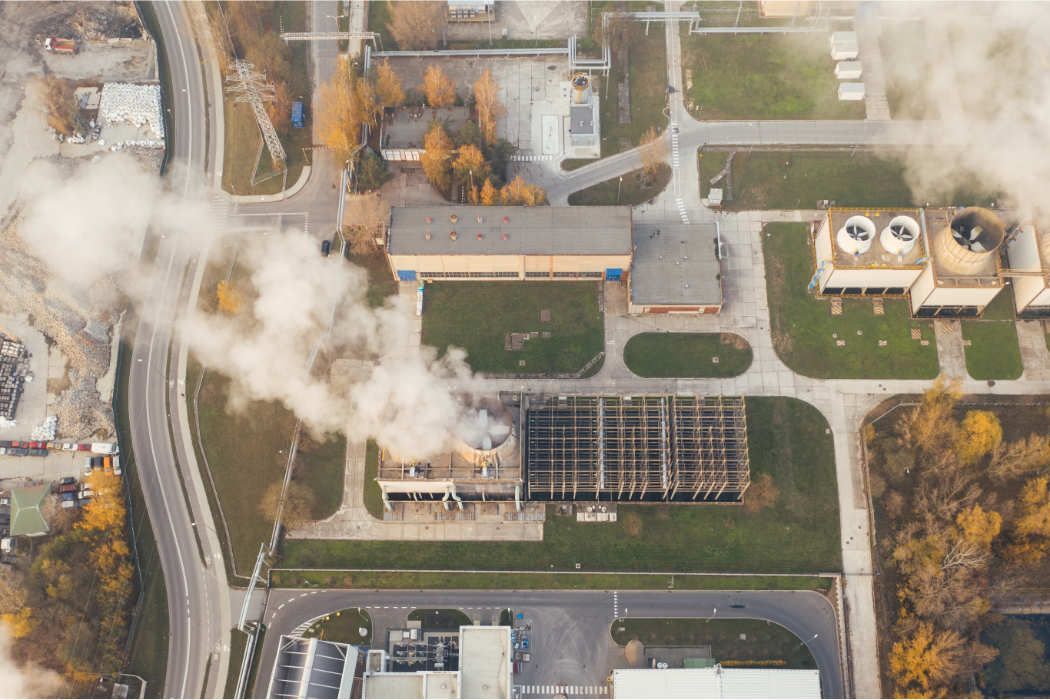
Aerosols and Cloud Formation
Aerosols, tiny particles or droplets suspended in the atmosphere, play a crucial role in cloud formation. Human activities, such as burning fossil fuels and biomass, release large quantities of aerosols into the atmosphere. These aerosols act as cloud condensation nuclei (CCN), around which water vapor condenses to form cloud droplets. While natural aerosols like sea salt and dust have always influenced cloud formation, the sheer volume of anthropogenic aerosols has significantly altered cloud properties. For instance, an increase in aerosols can lead to the formation of more but smaller cloud droplets, which can affect the cloud’s albedo (reflectivity) and lifetime, potentially altering precipitation patterns and intensity.
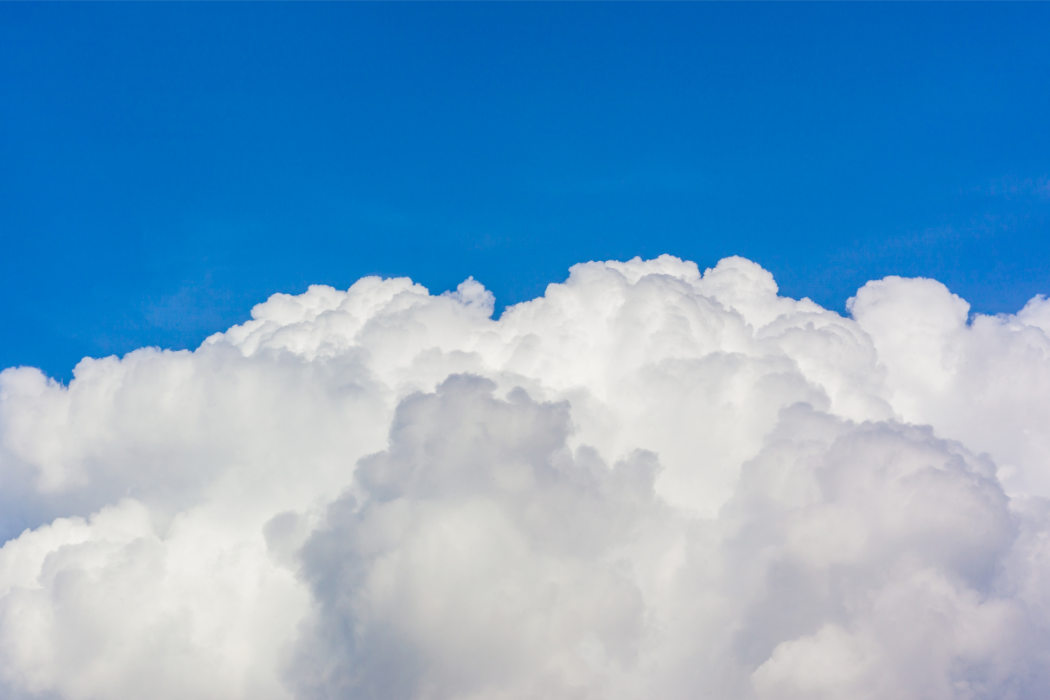
Urban Heat Islands and Localized Weather Changes
Urbanization has created “urban heat islands,” where cities experience higher temperatures than surrounding rural areas due to human activities and infrastructure. These temperature differences can influence local weather patterns, including cloud formation and precipitation. The heat generated by buildings, vehicles, and industrial processes can cause the air above cities to rise, leading to the formation of convective clouds. This can result in increased rainfall in and around urban areas, a phenomenon often referred to as the “urban rainfall effect.” However, the altered weather patterns can also lead to unpredictable and sometimes extreme weather events, including flash floods and severe storms.
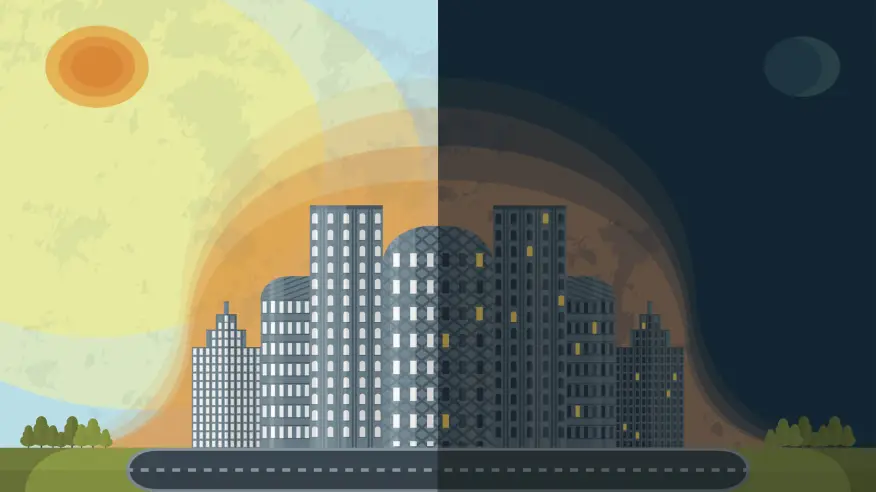
Deforestation and Changes in Evapotranspiration
Deforestation, particularly in tropical regions, has a profound impact on rain cloud formation. Trees and vegetation play a crucial role in the water cycle through the process of evapotranspiration, where water is transferred from the land to the atmosphere. When forests are cleared, this process is disrupted, leading to reduced atmospheric moisture and changes in local and regional rainfall patterns. In some cases, deforestation can lead to a reduction in cloud cover and precipitation, contributing to drought conditions. Conversely, the loss of forest cover can also lead to increased surface runoff and reduced soil moisture, further exacerbating weather extremes.
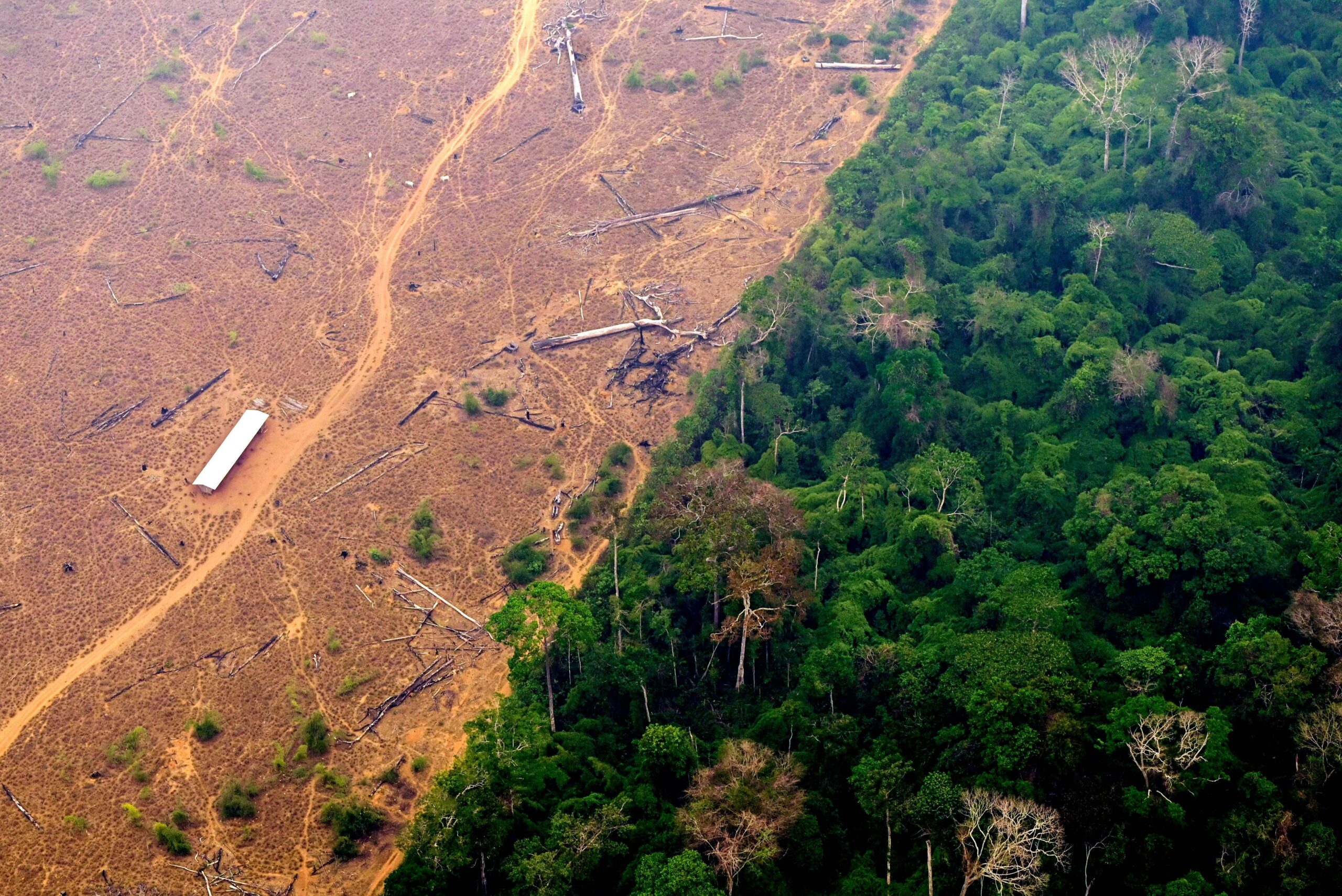
Industrial Emissions and Acid Rain
The release of industrial pollutants, such as sulfur dioxide (SO2) and nitrogen oxides (NOx), into the atmosphere has led to the phenomenon of acid rain. These pollutants react with water vapor to form sulfuric and nitric acids, which then fall to the ground as acid rain. This not only affects terrestrial and aquatic ecosystems but also influences cloud formation and precipitation processes. Acid rain can alter the chemical composition of clouds, affecting their microphysical properties and the likelihood of precipitation. Additionally, acid rain can lead to soil degradation and forest damage, further impacting the natural processes that contribute to cloud formation.
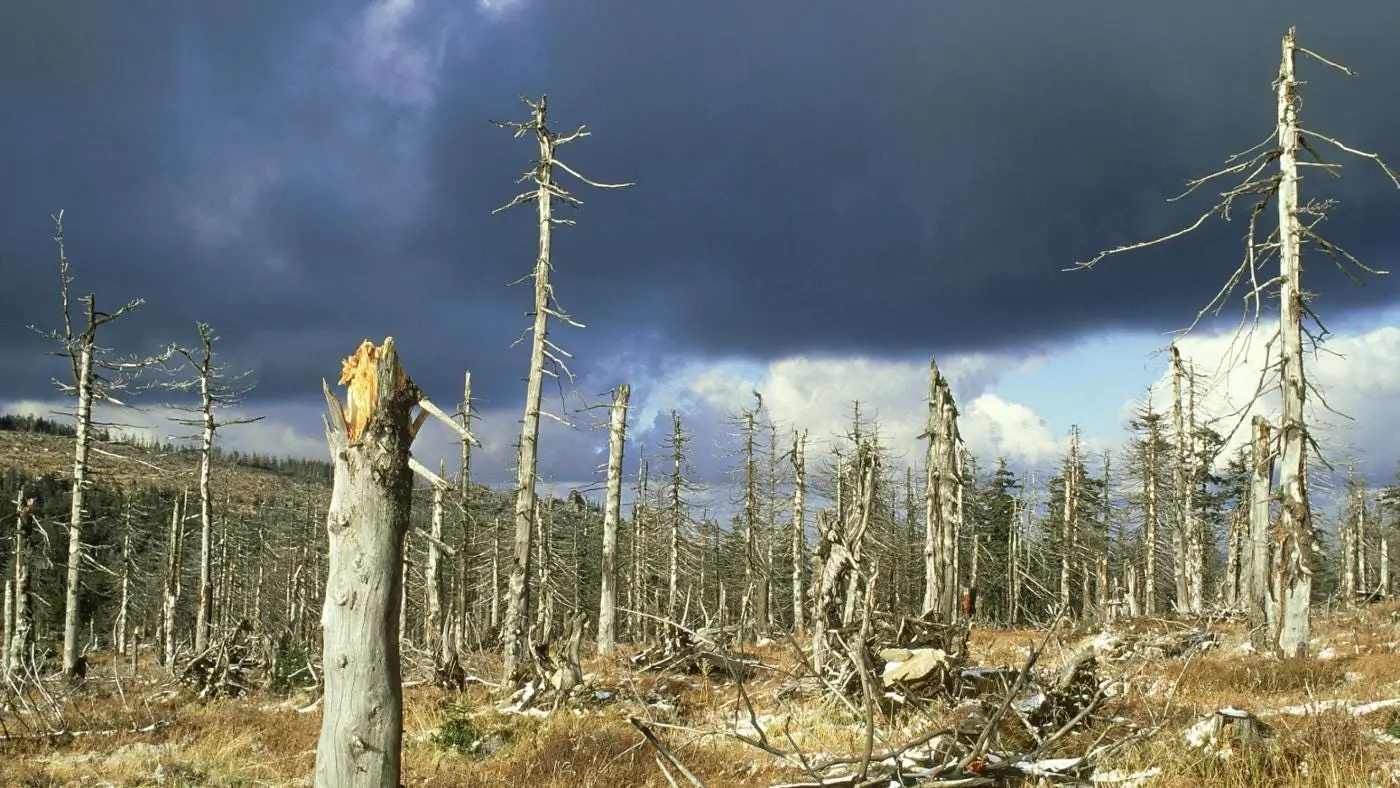
Agricultural Practices and Cloud Seeding
Agricultural practices, particularly those involving irrigation and the use of fertilizers, can also impact rain cloud formation. Irrigation increases local humidity levels, which can enhance cloud formation and potentially lead to increased rainfall in agricultural areas. However, the use of fertilizers can release nitrogen compounds into the atmosphere, which can act as aerosols and influence cloud properties. Additionally, cloud seeding, a practice used to artificially induce rainfall by dispersing substances like silver iodide or salt into the atmosphere, demonstrates the potential for human intervention to alter cloud formation and precipitation. While cloud seeding is used to alleviate drought conditions, its long-term effects and efficacy are still subjects of ongoing research and debate.
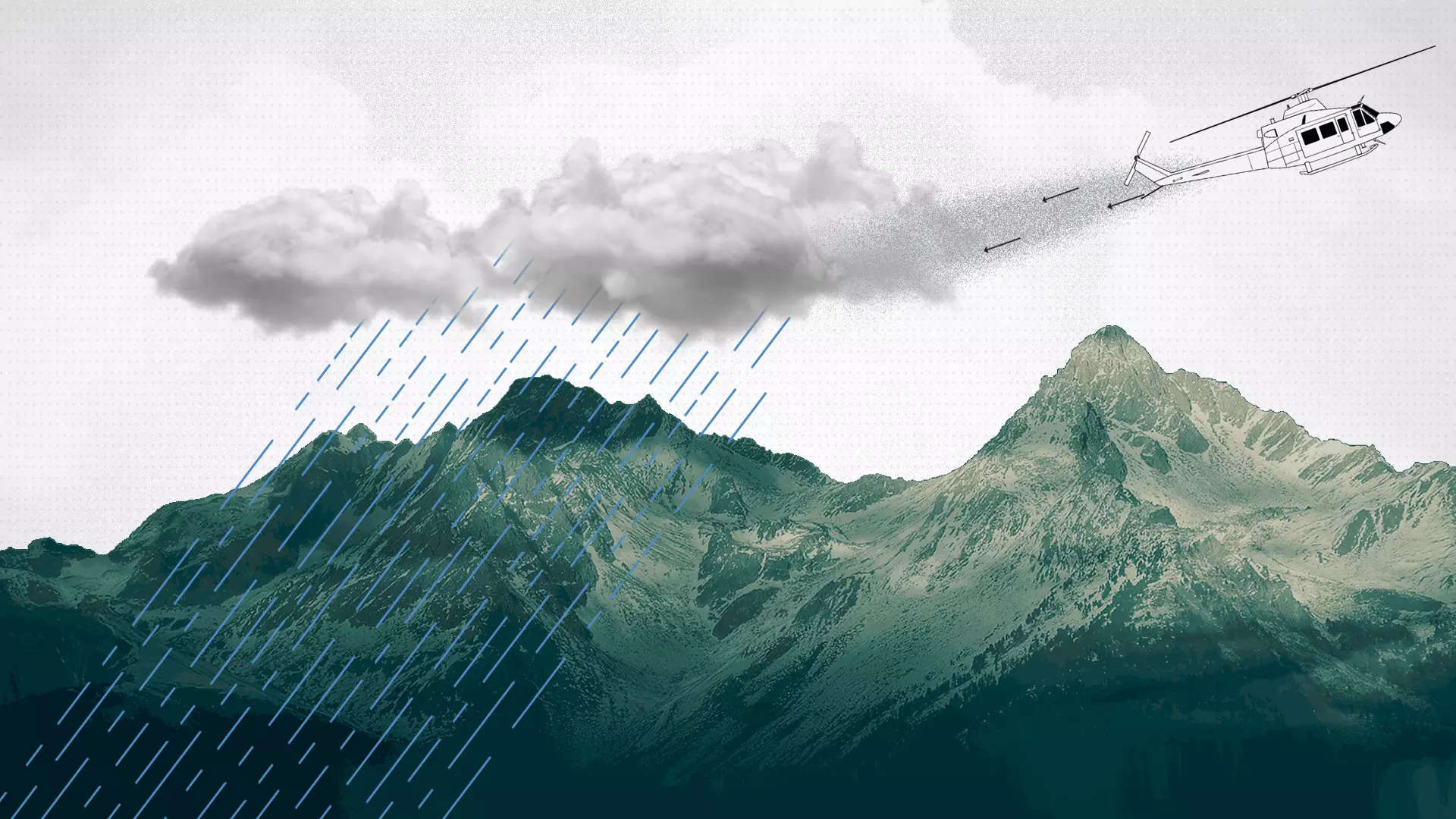
Climate Change and Global Precipitation Patterns
Climate change, driven by human activities, has led to shifts in global precipitation patterns. Warmer temperatures increase the atmosphere’s capacity to hold moisture, leading to more intense and frequent rainfall events in some regions while causing prolonged droughts in others. These changes are not uniform and can vary significantly by region, creating challenges for water resource management and agriculture. The alteration of rain cloud formation and behavior due to climate change underscores the interconnectedness of human activities and natural processes, highlighting the need for sustainable practices to mitigate adverse effects on weather patterns and ecosystems.

Advancements in Rain Cloud Research
Technological Innovations
The field of meteorology has seen remarkable advancements in technology, allowing scientists to study rain clouds with unprecedented precision. Satellite imagery, computer models, and advanced weather forecasting tools contribute to a deeper understanding of these complex atmospheric phenomena.
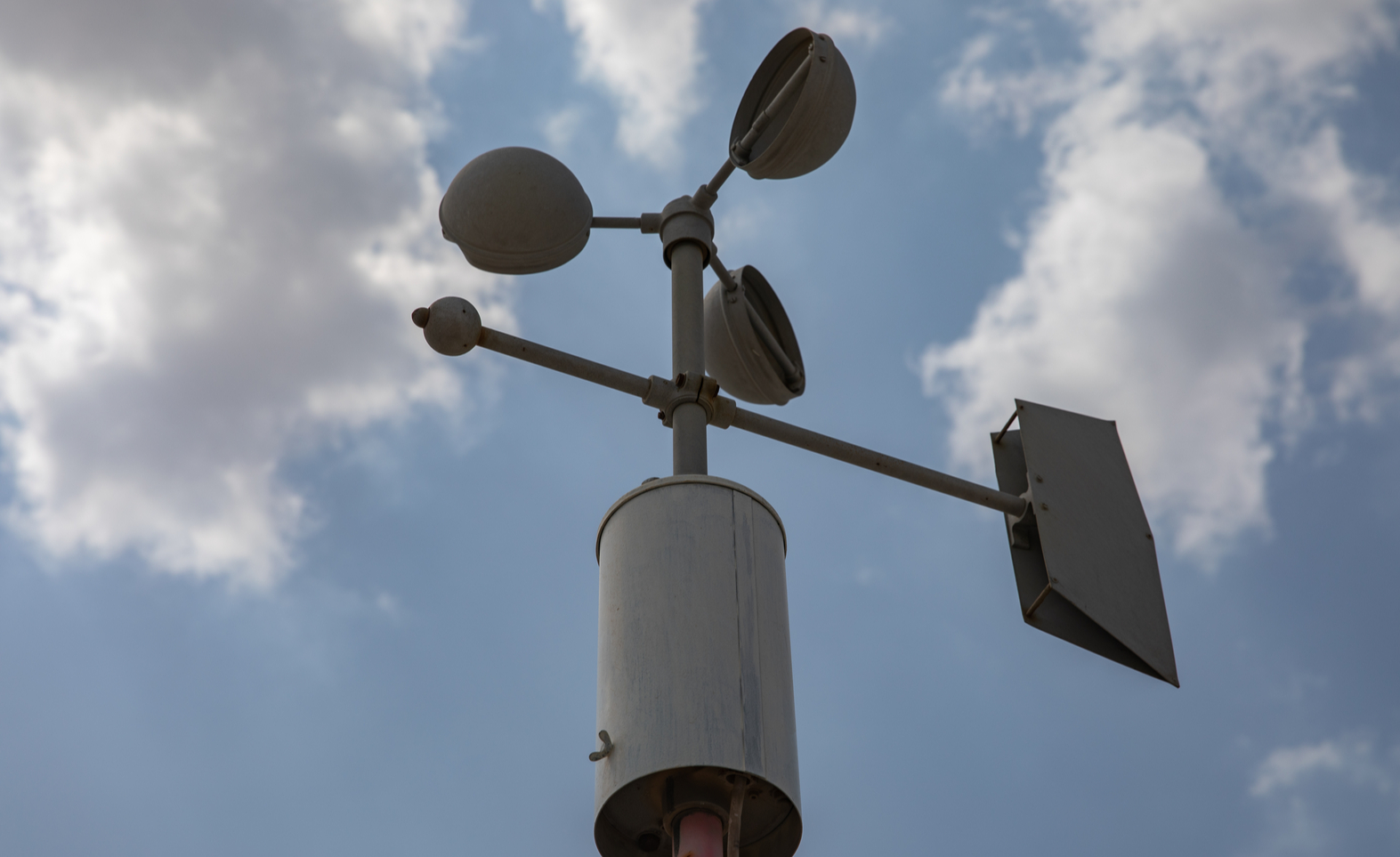
Future Implications and Research Avenues
Continued research into rain clouds is essential for adapting to the evolving climate and ensuring water resource management. Scientists are exploring innovative solutions, such as cloud seeding, to manipulate rain cloud behavior for agricultural and environmental purposes.

Conclusion
Rain clouds are not merely transient weather patterns but intricate systems governed by the laws of physics and atmospheric science. As we unravel the complexities of their formation, precipitation mechanisms, and the influence of human activities, we gain a profound appreciation for the role these clouds play in sustaining life on Earth.
As we navigate the challenges of a changing climate, advancements in technology and ongoing research promise a deeper understanding of rain clouds, empowering us to adapt and mitigate the impacts of environmental transformations. In this exploration beyond the horizon, we celebrate the marvels of nature while recognizing our responsibility to safeguard the delicate balance that sustains the intricate dance of rain clouds in our atmosphere.



